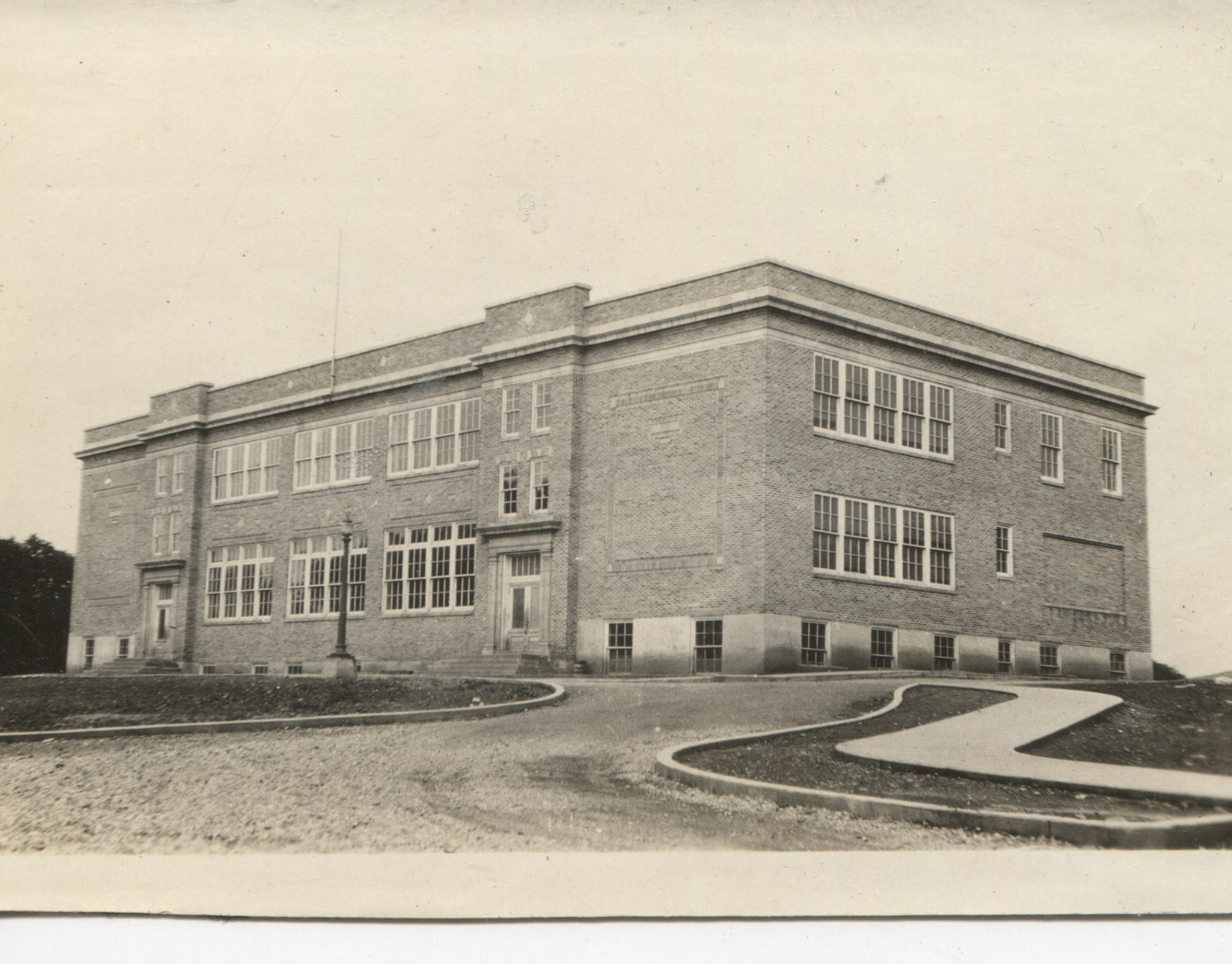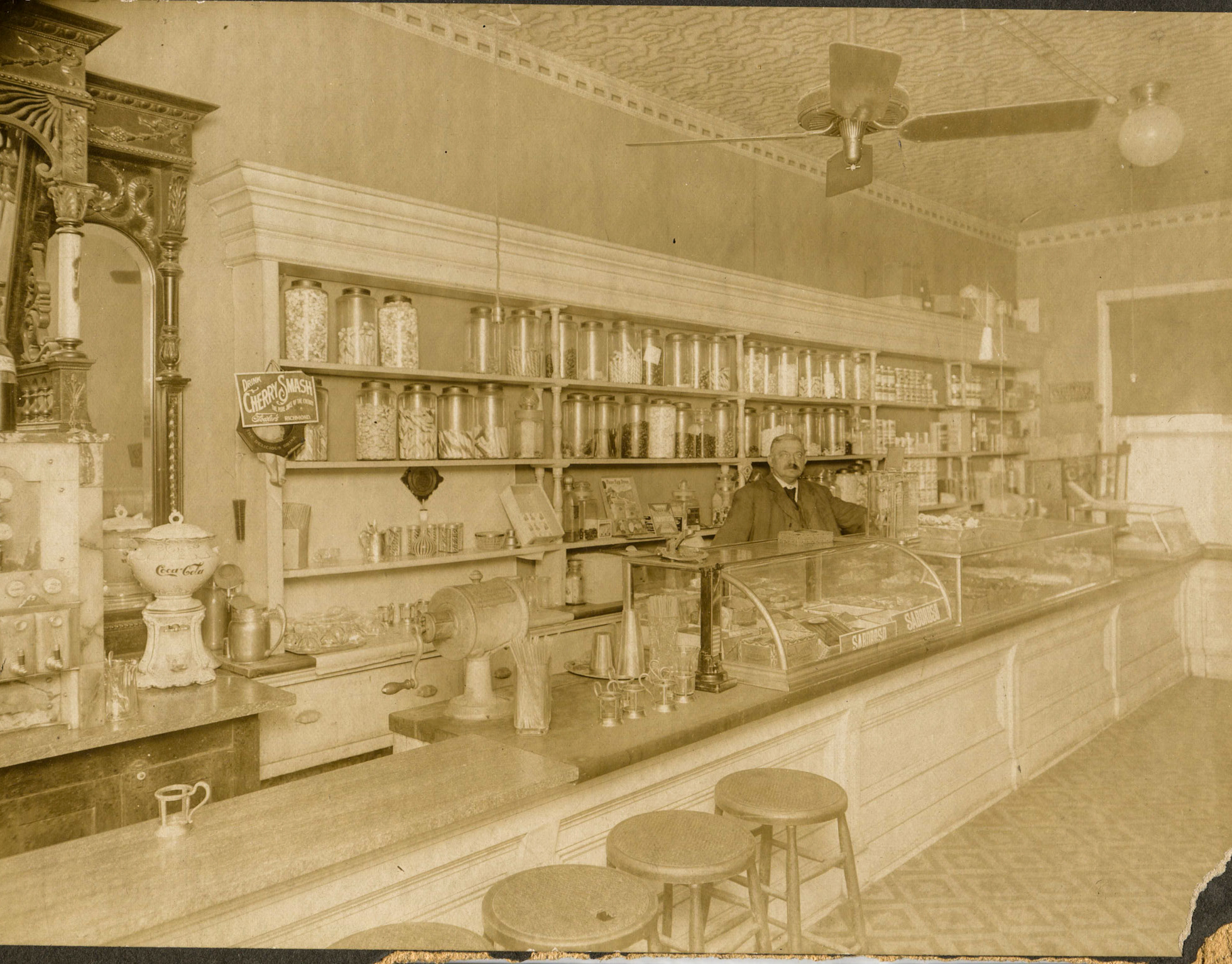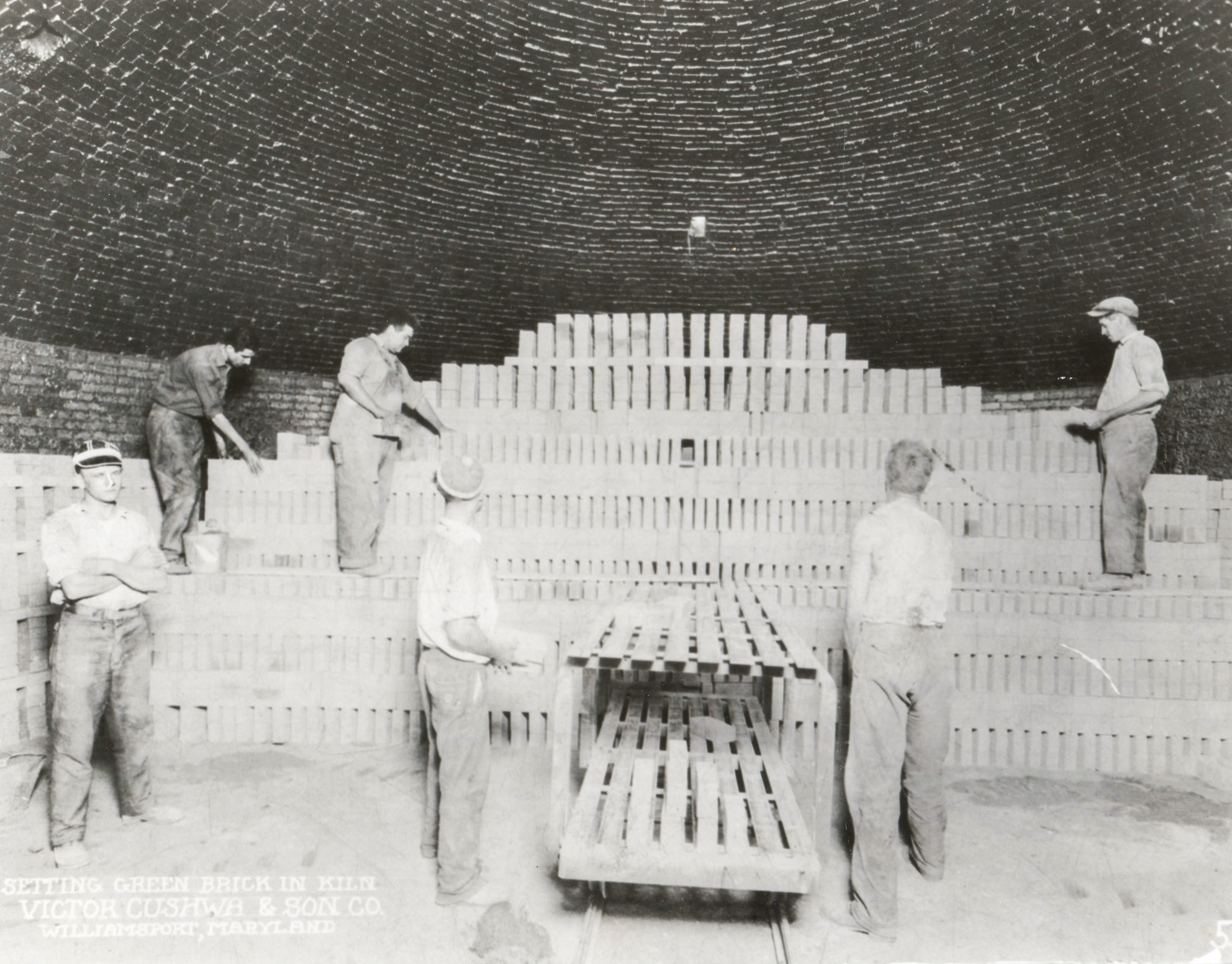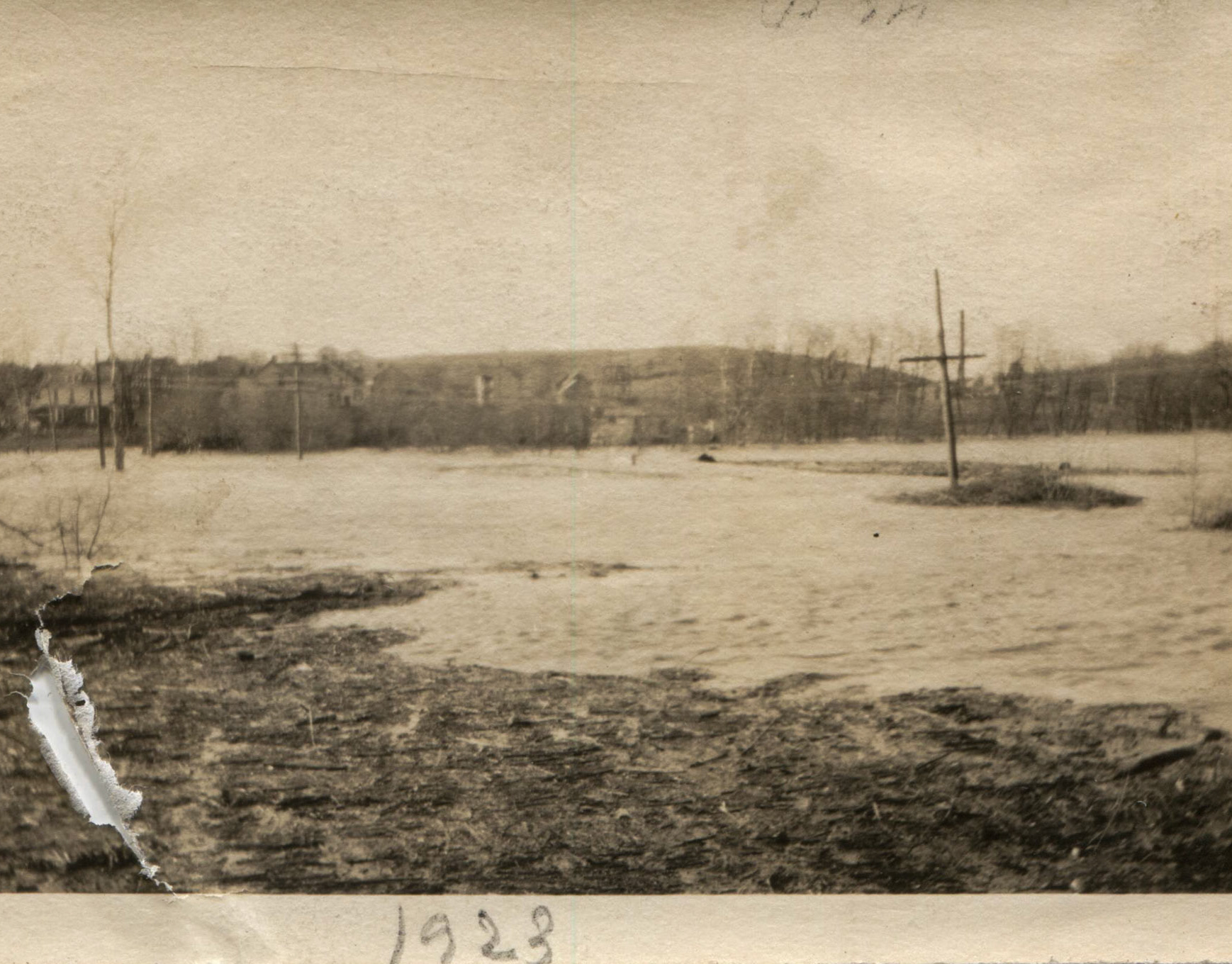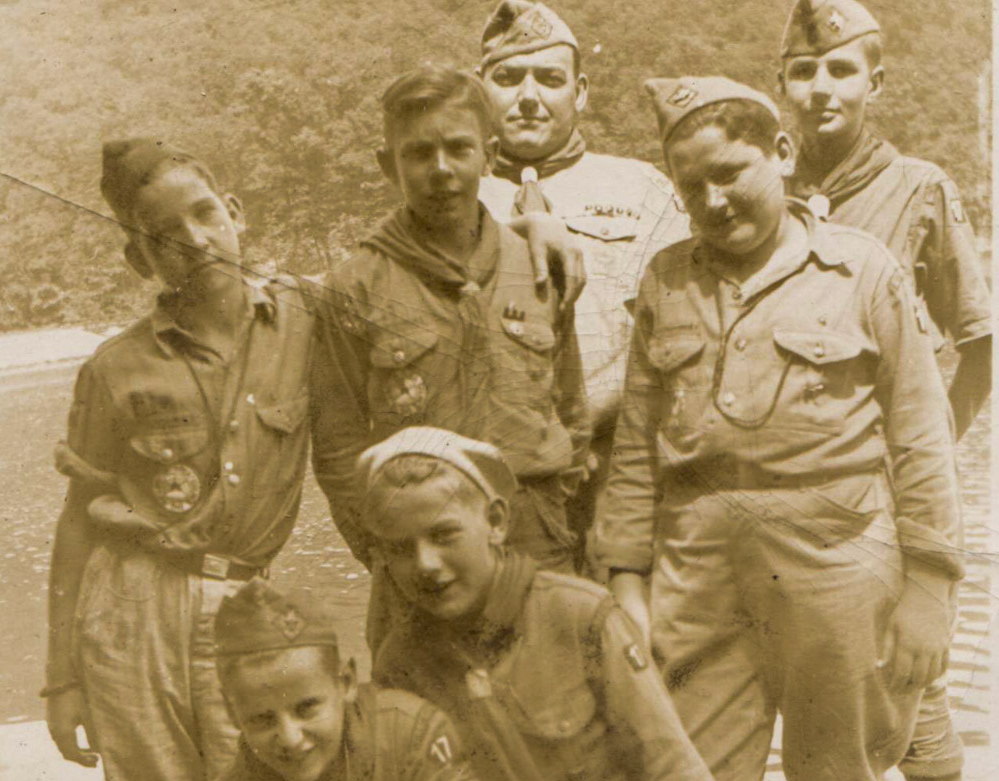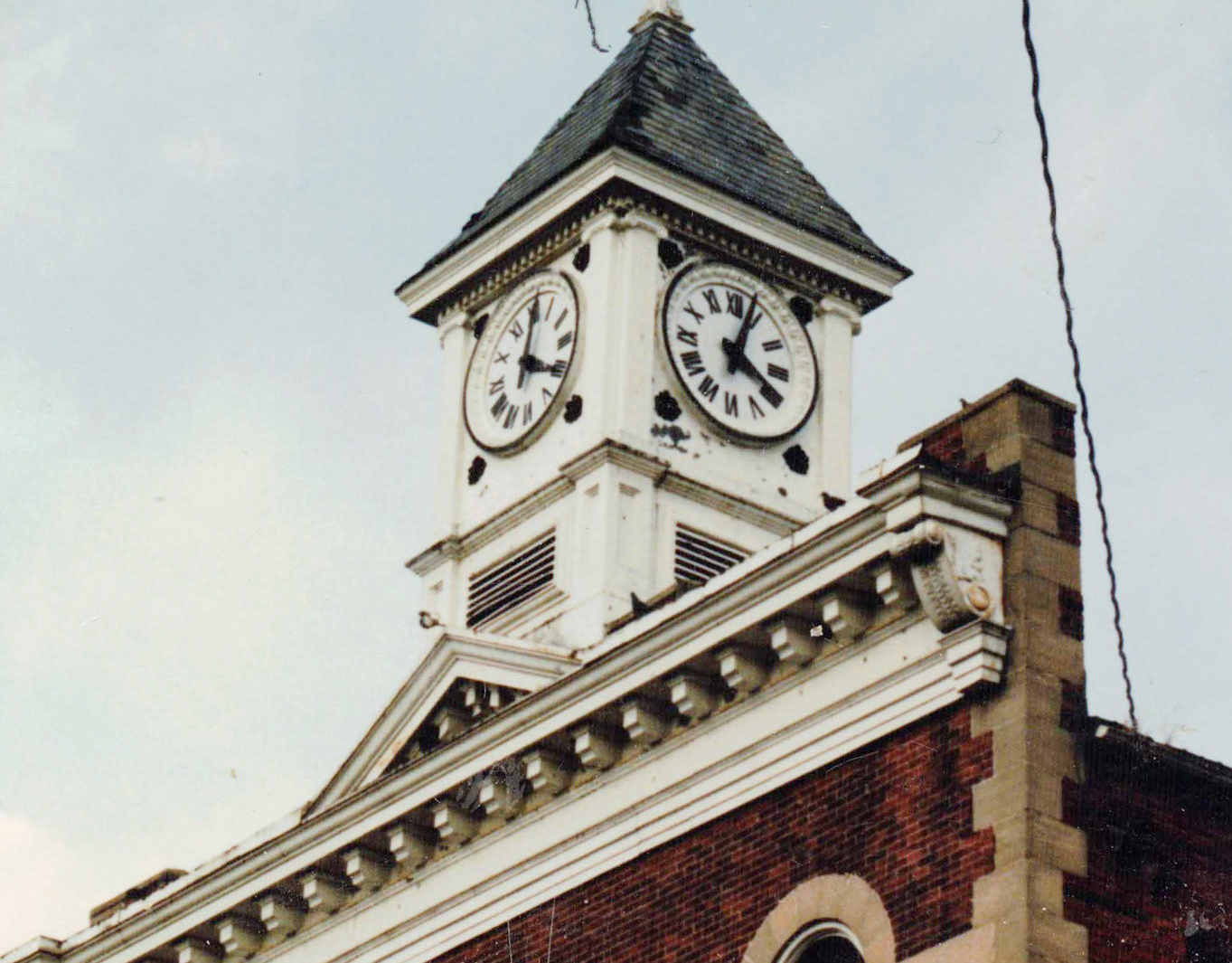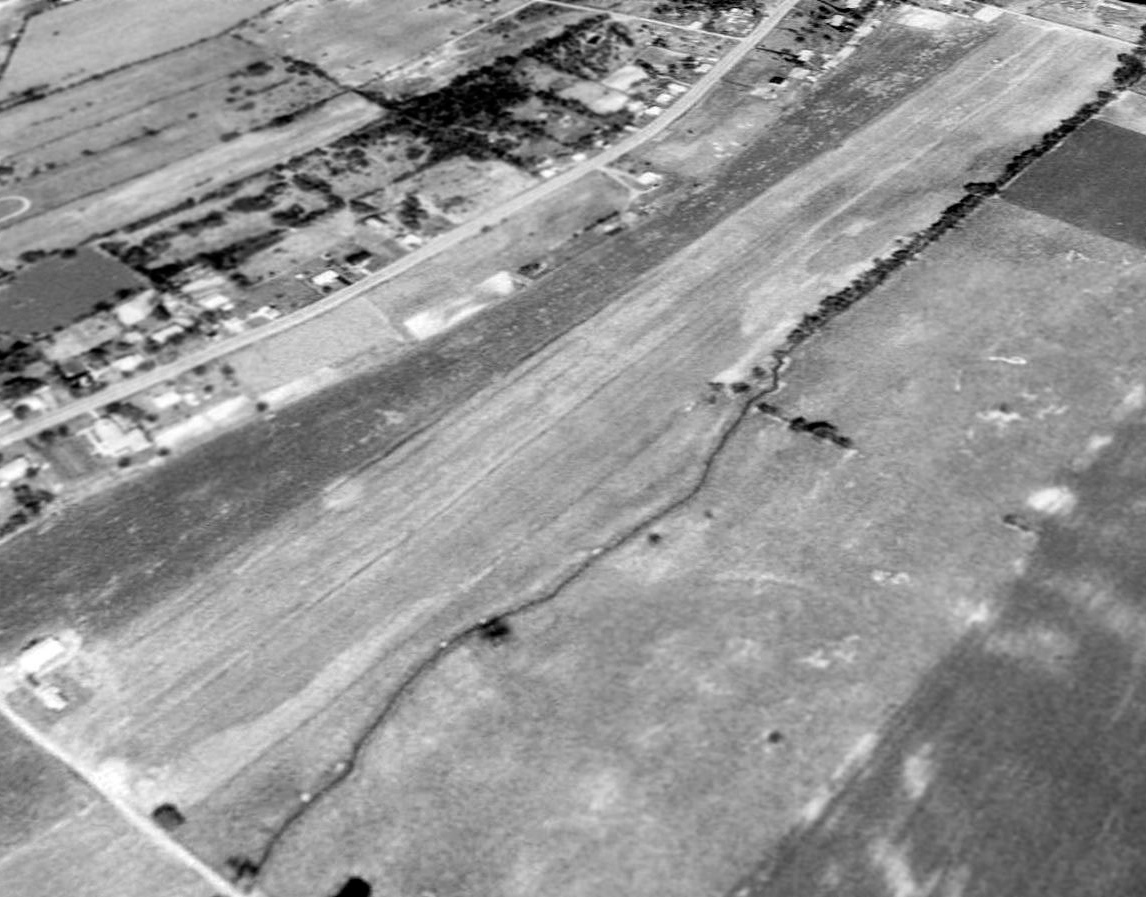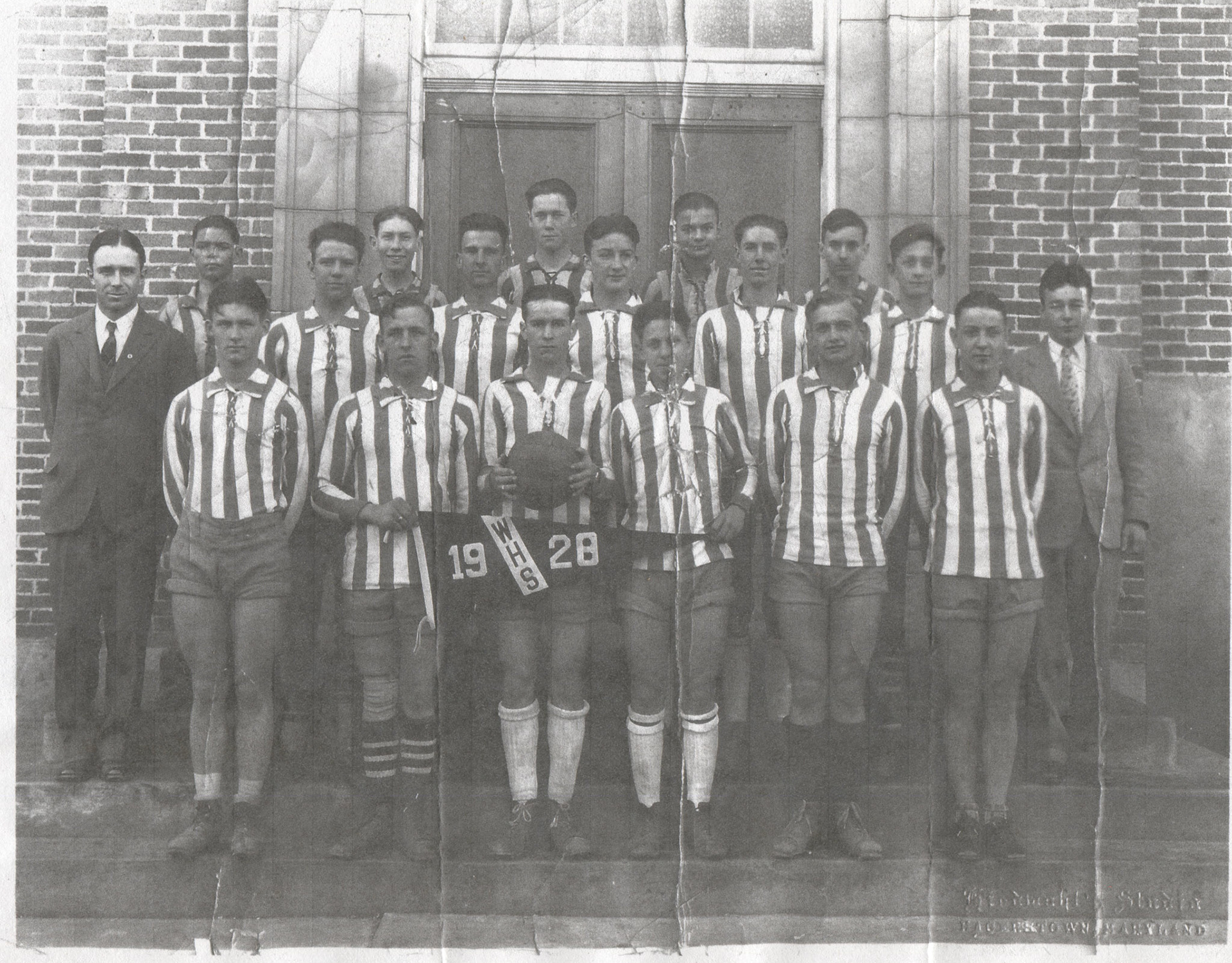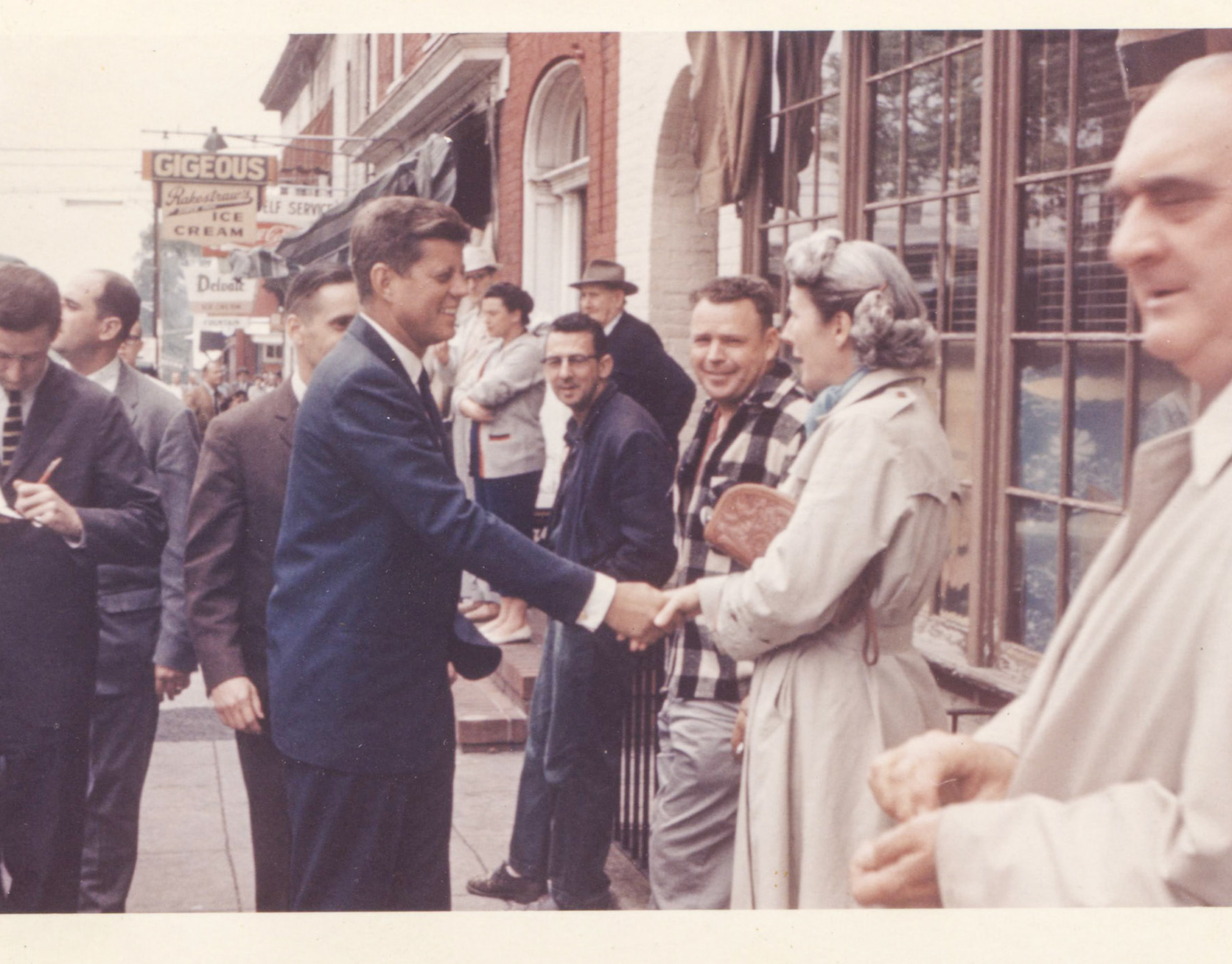The St James Station was built on the south side of Lappans Road along the Shenandoah Valley Railroad in 1881. In 1959, the station house was dismantled and reconstructed on a lot on the north side of Lappans Road where it still stands today. Photo courtesy of Kilduffs.net, Pictures from Old Maryland.
Rand Mcnally And Company, and Tennessee Virginia. The Virginia, Tennessee, and Georgia Air Line; the Shenandoah Valley R.R.; Norfolk & Western R.R.; East Tennessee, Virginia, & Georgia R.R. its leased lines, and their connections. Chicago, 1882. Map. https://www.loc.gov/item/98688846/.
Hagerstown Mail, Hagerstown, MD August 26, 1881
John Rowlands's 1889 application to the US government for a Post Office at Lydia.
Goldie Bloom's 1946 application, changing the name from Lydia to St. James. ,
Today, the railroad station at St. James stands across the street from its original location. It was moved there in 1959 by local merchant Myron Bloom.
17407 Lappans Road was built in 1872 as a one-room brick Fountain Rock School used until 1931.

